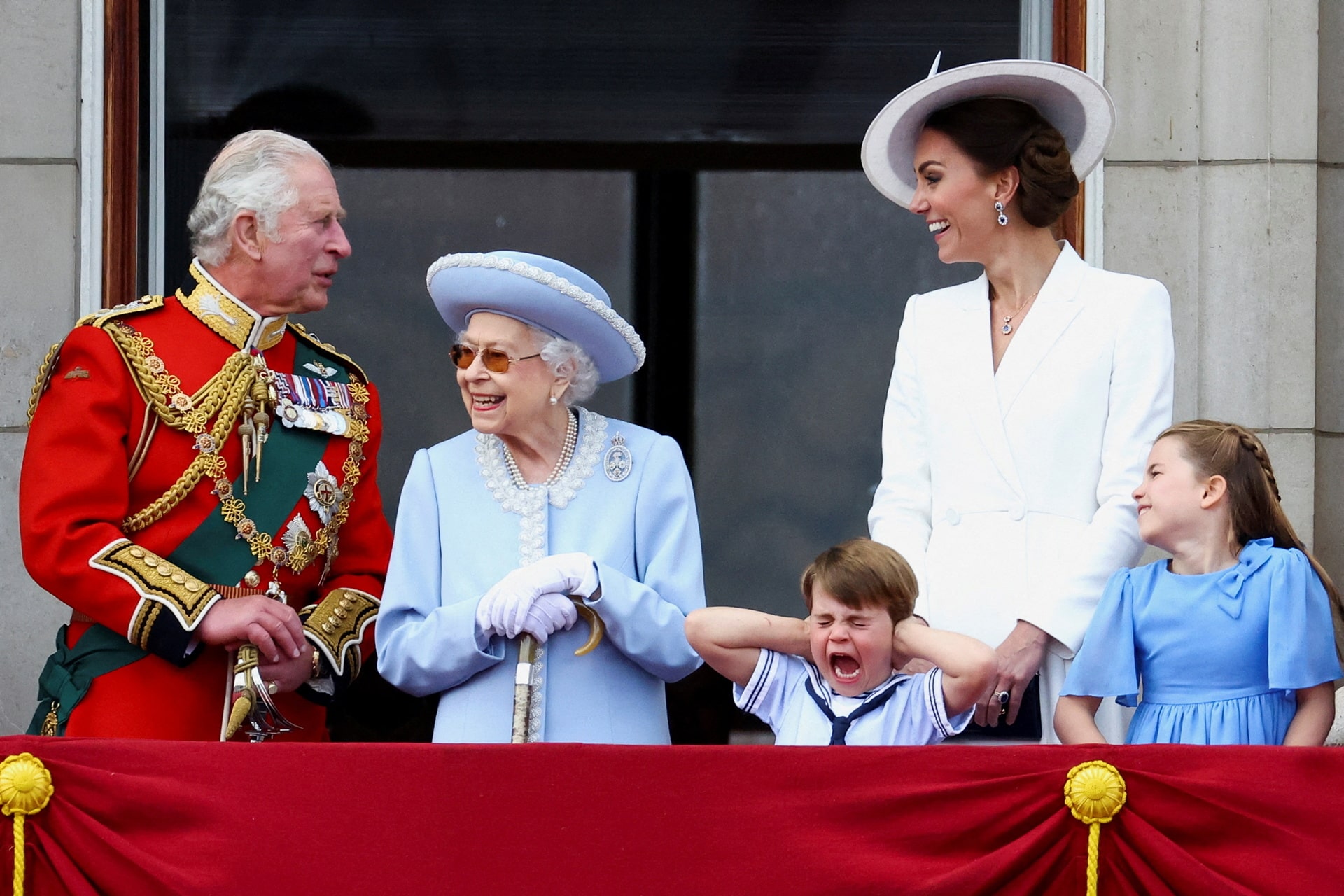Princess Kate, the wife of Prince William, recently underwent a successful planned abdominal surgery, while King Charles is set for a routine procedure for an enlarged prostate, as announced by royal officials this week.
Kate, aged 42, was admitted to the private London Clinic on Tuesday and is expected to remain there for 10 to 14 days. The palace assured that the surgery was non-cancerous, and while no specific details were disclosed, they emphasized Kate’s desire for privacy regarding her medical information.
In a surprising turn of events, Buckingham Palace revealed that King Charles, at the age of 75, would also undergo a “corrective procedure” for an enlarged prostate. The statement emphasized the benign nature of his condition, a common issue among men over 50.
Both royals were last seen in public on Christmas Day during the family’s annual church service near King Charles’ Sandringham residence in eastern England.
Kensington Palace stated that updates on Kate’s progress would only be provided with significant new information. Following medical advice, it was unlikely for her to return to public duties until after Easter. Prince William, aged 41, would also adjust his schedule to be with his wife during her recovery.
Kate Middleton, born into a middle-class family, rose to become the Princess of Wales after Queen Elizabeth’s passing in September 2022. Since her marriage to Prince William in 2011, she has become a beloved figure, recognized for her modern approach to royalty and her influence as a global fashion icon.
The couple, parents to Princes George and Louis and Princess Charlotte, has faced health challenges before, notably in 2012 when Kate spent four days in the hospital due to severe morning sickness while expecting her eldest son, George.
While Kate’s medical details remain private, King Charles aimed to share information about his condition to encourage men facing similar symptoms to seek medical attention. The NHS describes a benign enlarged prostate as a common concern for men over 50, emphasizing that it’s not cancerous and not usually a serious threat to health.












